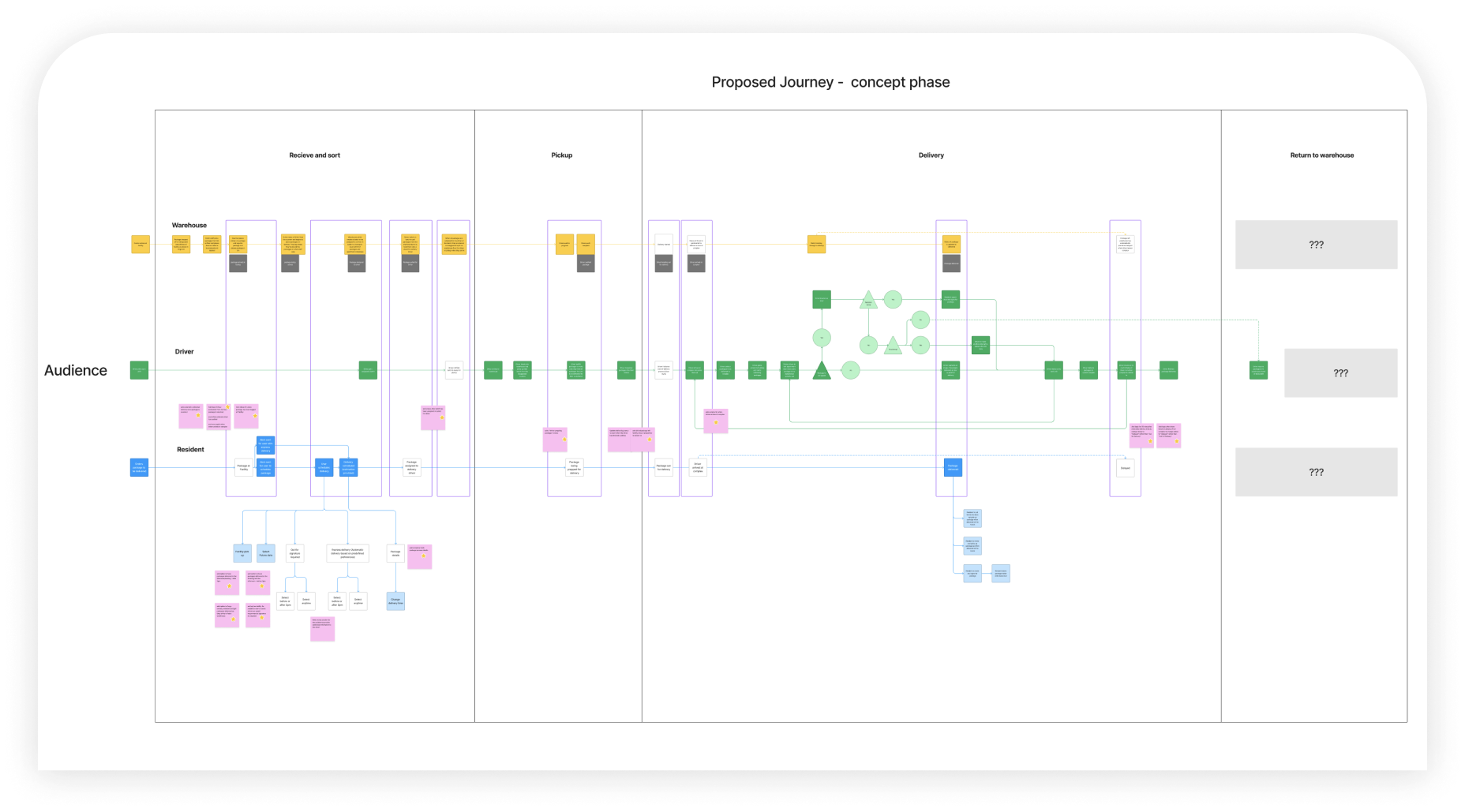Fetch Package Inc.
Logistics | On-demand delivery | B2B
Overview of work
While at Fetch, I helped create a new product process by integrating designers into the product and engineering teams. I created weekly and bi-weekly check points designers would own as part of the new process, making the design process more transparent to stakeholders. I established a research process and research repository to be leveraged by designers, & consolidated design and research software to reduce monthly cost upwards of $800+. I created a new onboarding process for potential new designers, & mentored existing design people. I worked closely with marketing to consolidate branding and established the 1st version of Fetch’s component design library.
Workforce management
Problem
Fetch’s use of 3rd party applications were riddled with inadequacies and slow downs that hampered how well they could utilize their workforce in relation to scheduling and payment details.
Goal
Create an internal workforce management solution to get to a single-app experience for users and to provide needed functionality.
Details
Fetch used 3rd party applications to manage driver shifts and payments. The 3rd party scheduling app was slow to respond, didn’t provide drivers accurate information for available shifts, and it was easy to mistakenly select the wrong warehouse to work from. When paying delivery drivers, the payment application was a manual process. The goal was to create a workforce management solution to get to a single-app experience. This would allow contract drivers to easily select and manage their shifts as well as get more granular visibility on their payment history. Managers would more easily be able to manage schedules and would no longer need to review weekly payments made to drivers saving an hour of work each week.


In-app apartment maps
Problem
Fetch’s contract drivers had issues navigating throughout apartment properties to finalize package deliveries.
Goal
Update apartment maps feature to improve completion of package deliveries.
Details
Fetch’s contract drivers were having issues navigating to apartment complexes, getting access to buildings, and navigating inside those complexes to finalize package deliveries. Driver support in turn was facing issues when routing drivers to the appropriate destinations or to provide accurate details. Updates to the map service would aim at resolving inaccurate access information, better complex layouts to help drivers prepare for arrival, and would have better in-complex unit mapping for drivers to accurately complete deliveries and reduce outreach to driver support.

New delivery model
Problem
Fetch’s business model of scheduling package deliveries was becoming costly and unrealistic to manage.
Goal
Create a new delivery model that emphasized delivering packages as they arrived at the warehouse.
Details
Fetch was struggling to meet customer needs around reliability, consistency and predictability of their delivery service. Their current fulfillment process was leading to significant waste, scalability problems, and further resulting into a poor customer experience. Their goal was to introduce an updated delivery model focused on speedy delivery versus scheduled delivery that would reduce waste, and allow them to gain more control over costs as well as better meet customer needs (85% of the package volume). Fetch wanted to vet this approach and understand exactly how to best roll up these changes without unforeseen negative consequences.
